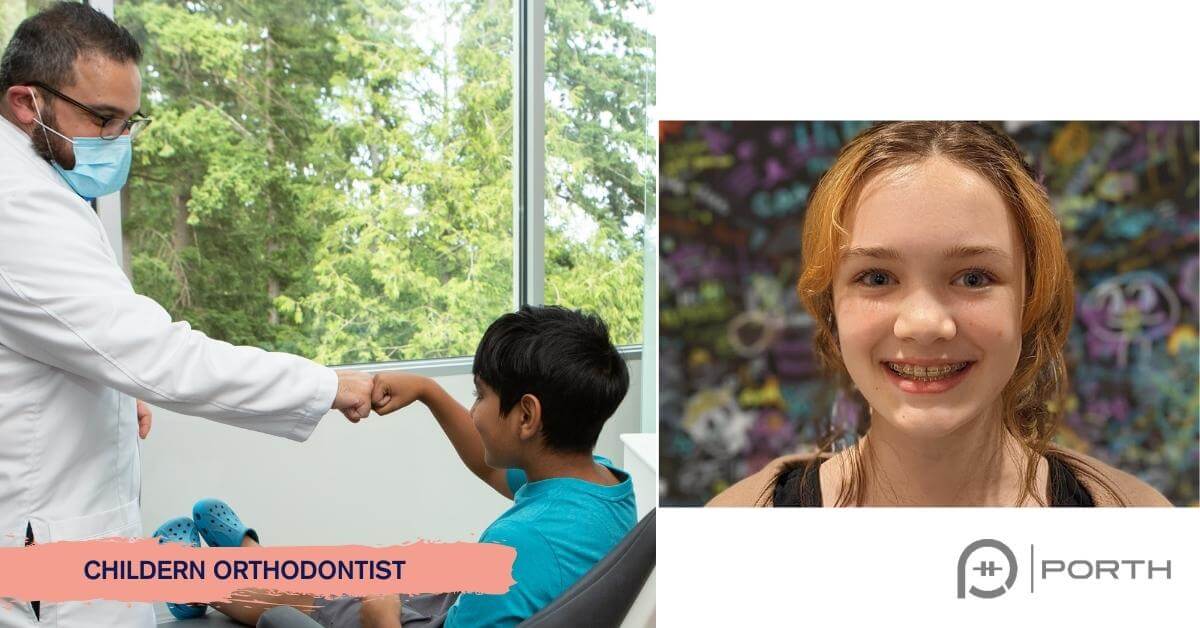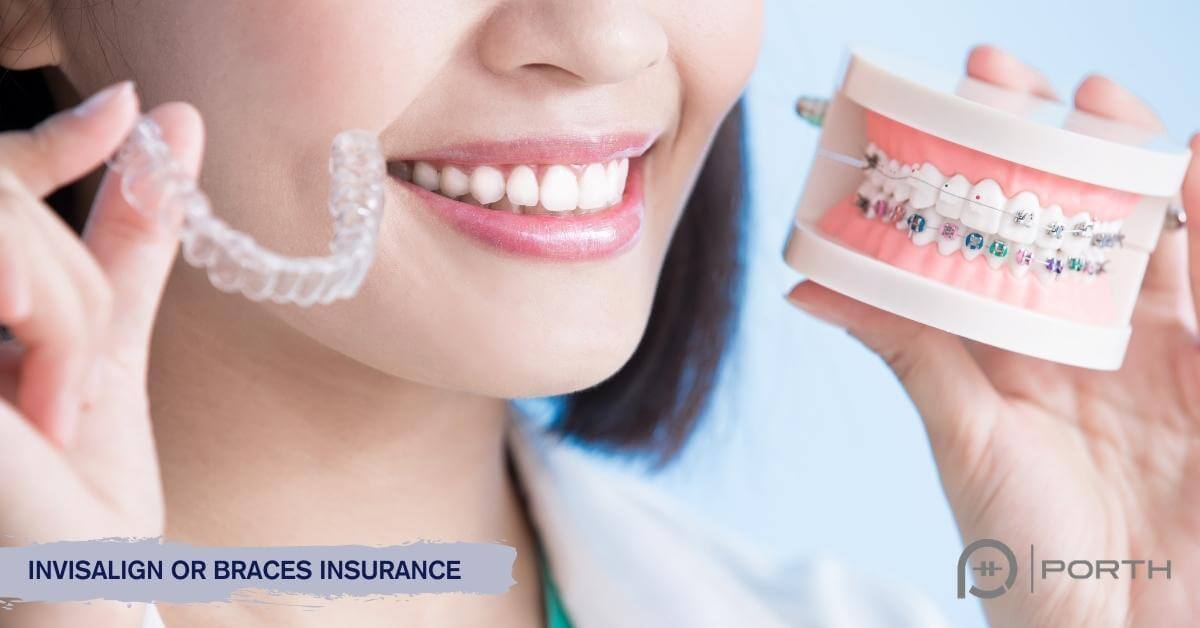Kids Orthodontics

Your Comprehensive Guide to Children's Orthodontics: Braces and Beyond
As a parent, you may be wondering about the ins and outs of orthodontic treatment for your child. When do you know if your child needs braces? What types of braces are available? How do you navigate the world of pediatric dentistry to ensure the best oral health for your child?
Here you will find answers to these questions and more, based on Dr. Rooz's expertise and guidelines from the American Association of Orthodontists (AAO).
Dental and Skeletal Development and child needs
The early stages of a child's dental care are crucial. Baby teeth may seem temporary, but they set the stage for the alignment of permanent teeth. Regular checkups and x-rays can help identify any orthodontic problems such as crowded teeth, overbite, underbite, or even malocclusion - a term used to describe misaligned teeth or a bad bite. If left untreated, these conditions can lead to tooth decay and gum disease later in life.
Your kid's dentist or pediatric dental specialist often monitor all of these inclduing growth of jawbones yet it is easy to miss orthodontic needs.


Orthodontic treatment needs and time for kids
In orthodontics, the goal is not just to straighten teeth but also to improve the bite and enhance oral health. An orthodontic evaluation by a skilled orthodontist can provide a detailed treatment plan. This might include traditional metal braces, expander, facemask, or even clear aligners like Invisalign, depending on your child's mouth and specific alignment problems. Each kind of braces comes with distinct advantages, costs, and treatment times.
Traditional metal braces, for instance, involve metal brackets and archwires to guide the teeth into place. Ceramic braces function similarly but with ceramic components that blend in with the teeth. Ceramic braces rarely used in kids; teens and adults are more interested in this option. Learn more about different types of braces here.
Clear aligners and Invisalign are nearly invisible, offering a discreet treatment option. However, they may not be suitable for all kids.
Orthodontic treatment for kids
Orthodontic care for kids extends beyond the type of braces chosen. Kids orthodontic treatment mostly is a combination of creating room for adult teeth and modifying skeletal issues.
Orthodontic treatment is a significant step towards ensuring the lifelong oral health of your child. Regular checkups, the right type of braces, diligent oral hygiene, and understanding the different treatment options can create a positive orthodontic experience. With the support of a dedicated orthodontist, your child's braces journey can lead to a healthy and confident smile.
Pediatric dentistry & orthodontics represent a vital cross-section where specialized dental services converge to ensure the oral health and beautiful smiles of young children.
A children's dentist, often holding a DDS (Doctor of Dental Surgery) or DMD (Doctor of Dental Medicine) degree, focuses on providing comprehensive care, including cleanings, fluoride treatments, and guidance on proper brushing and flossing techniques. This foundational care is crucial for new patients, particularly in their early years.
As children grow, the role of a board-certified orthodontist becomes increasingly significant, especially during an orthodontic consultation, where the need for treatments like braces to move teeth into better alignment is assessed. Pediatric dentists and orthodontists often work in tandem, offering a full spectrum of dental services from routine check-ups to more complex procedures like extractions. Their collaboration is reflected in patient forms and testimonials, highlighting the seamless integration of pediatric dentistry and orthodontics in providing comprehensive care. Additionally, hygienists in these practices play a supportive role, ensuring that each visit, whether for routine care or specific orthodontic adjustments, contributes to the overall goal of a healthy, beautiful smile for every young patient.
Pediatric Dentist Referral for Orthodontic Treatment
A pediatric dentist is a specialist in dental health for children, focusing on unique aspects of oral care from infancy through adolescence. This professional plays a crucial role in monitoring a child's jaw growth and advising on early orthodontic interventions when needed.
Typically, a pediatric dentist begins seeing children around one year old, with the first visit often coinciding with the emergence of the first tooth. These early years are pivotal for identifying issues such as crooked teeth or habits like thumb sucking that can affect a child's smile. As children grow into adolescents, a pediatric dentist collaborates closely with orthodontists, recommending appropriate orthodontic appliances and treatments to align teeth and jaws correctly. Their training, which extends beyond dental school, equips them to handle various situations, including the care of children with special needs.
Routine dental visits may include preventive measures like applying sealants or fillings and advising on protective gear like mouth guards for young athletes. By fostering a positive approach to dental care from the first time a child sits in the dental chair, pediatric dentists lay the foundation for a lifetime of healthy smiles.
Cost of braces and dental insurance
When it comes to orthodontic treatment for your child, understanding the cost of braces is a range. The cost can vary depending on the treatment time, type of appliances and treatment time.
Each type of braces (lingual or digital braces for teens) has unique advantages and treatment timeframes, which an orthodontist will consider when creating a custom treatment plan for your child's teeth. Factors such as the severity of alignment problems, whether an overbite or underbite is present, and the need for additional appliances like retainers, rubber bands, or even headgear can affect the treatment time hence the cost.
It's important to note that early treatment of orthodontic problems can prevent more serious, and potentially more expensive, issues down the line. Most orthodontists offer payment plans to improve accessibility, and dental insurance may cover part of the cost. Investing in your child’s oral health now can save on future healthcare costs, and promote a lifetime of healthy smiles.



